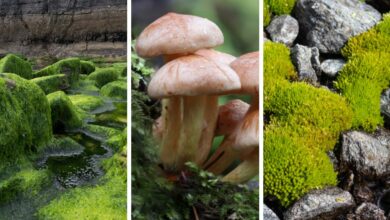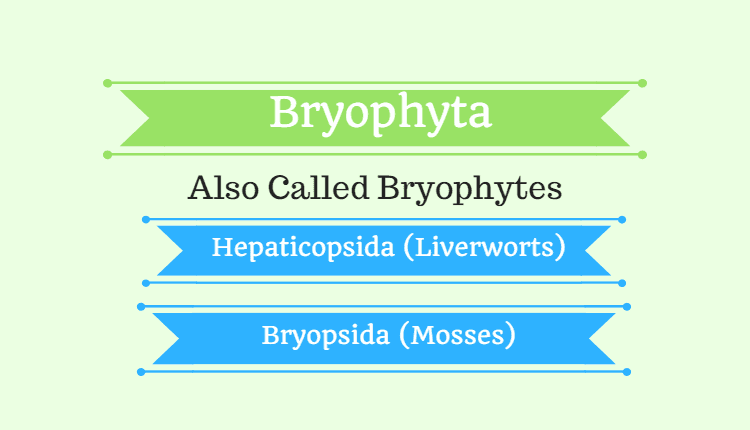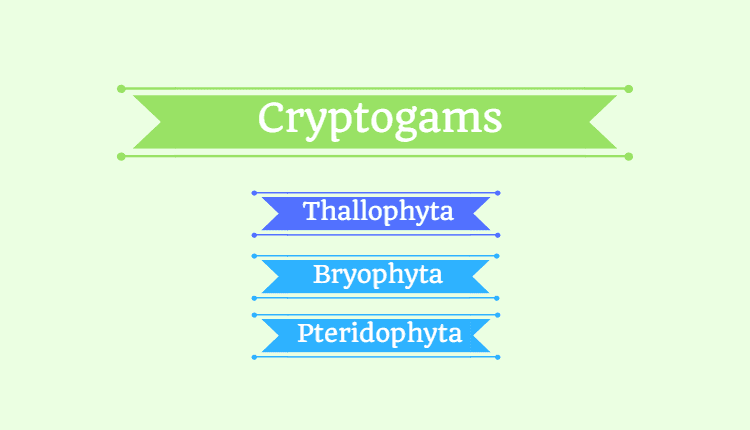Desert Habitat

Deserts are one of the most inhospitable habitats on earth, characterized by extreme heat, aridity, and a lack of available water. Despite these harsh conditions, deserts are home to a wide variety of plant species that have adapted to survive in this environment. In this article, we will take a closer look at the characteristics of deserts as a habitat for plants, the different types of deserts and their ecological importance.
Characteristics of Desert Habitats
Deserts are characterized by high temperatures, low rainfall, and a lack of available water. These conditions have shaped the adaptation of the plants that call the desert home.
Desert plants have a number of adaptations that help them survive in this harsh environment. They often have deep roots systems that allow them to reach water sources deep underground, and they have evolved to conserve water, such as having small leaves, or leaves that are modified into thorns or spines. Additionally, many desert plants are able to store water in their leaves, stems, or roots, which allows them to survive for long periods of time without rainfall.
Desert habitats can also vary depending on the amount of rainfall they receive and other factors, this can create different types of deserts.
| Characteristic | Description |
|---|---|
| High Temperatures | Deserts are characterized by high temperatures, often exceeding 100 degrees Fahrenheit during the day. |
| Low Rainfall | Deserts also have low rainfall, receiving less than 10 inches of rainfall per year. |
| Lack of Available Water | The lack of water is one of the most significant characteristics of deserts, this is one of the reasons why deserts plants have adaptations to survive in this environment |
| Deep roots systems | Many desert plants have deep roots systems that allow them to reach water sources deep underground. |
| Conserving water adaptations | Desert plants have evolved to conserve water, such as having small leaves, or leaves that are modified into thorns or spines, additionally many desert plants are able to store water in their leaves, stems, or roots, which allows them to survive for long periods of time without rainfall. |
Types of Deserts
Deserts can be divided into several different types based on their geographic location, amount of rainfall and the dominant plant species. Some common types of deserts include:
Hot and Dry Deserts
Hot and dry deserts, such as the Mojave or Sonoran deserts, are characterized by high temperatures and low rainfall. They are home to a wide variety of cacti, succulents, and other drought-tolerant plants, such as Joshua tree, Prickly pear cactus and creosote bush. These deserts are also known for their unique wildlife, such as roadrunners, lizards and snakes.
Cold Deserts
Cold deserts, such as the Gobi or Great Basin deserts, are characterized by low temperatures and low rainfall. They are home to a wide variety of drought-tolerant plants, such as sagebrush, saltbush, and blue grama grass. These deserts also support unique wildlife, such as bighorn sheep, pronghorn and badgers.
Semiarid Deserts
Semi-arid deserts, such as the Chihuahuan desert, are characterized by moderate temperatures and moderate rainfall. They support a diverse array of vegetation, including shrubs, cacti, grasses, and wildflowers. These deserts also have a high diversity of wildlife, including deer, quail and roadrunners.
| Type of Desert | Characteristics | Examples of Plants |
|---|---|---|
| Hot and Dry Deserts | High temperatures, low rainfall, cacti, succulents, other drought-tolerant plants | Joshua tree, Prickly pear cactus, Creosote bush |
| Cold Deserts | Low temperatures, low rainfall, drought-tolerant plants | Sagebrush, Saltbush, Blue grama grass |
| Semiarid Deserts | Moderate temperatures, moderate rainfall, diverse array of vegetation | Shrubs, Cacti, Grasses, Wildflowers |
Ecological Importance of Deserts
Despite their inhospitable conditions, deserts are important habitats that support a wide variety of plant and animal species.
Deserts play an important role in the global water cycle by regulating the amount of water that is available to other ecosystems. They also help to control the Earth’s temperature by absorbing and reflecting solar radiation.
Deserts also play a key role in biodiversity, they support a high diversity of plant and animal species, many of which are found nowhere else on earth, such as the Joshua tree, Gila monster, and desert tortoise. These habitats also support a wide variety of bird species, including vultures, hawks and eagles. Many of these species are adapted to desert conditions, such as being nocturnal to escape the heat and having unique ways to conserve water.
Deserts also provide important ecosystem services such as carbon sequestration, soil conservation and recreation. They act as carbon sinks, absorbing large quantities of carbon dioxide from the atmosphere and helping to mitigate the effects of climate change. The deep roots systems of desert plants also help to prevent soil erosion and improve soil health. Additionally, deserts are also popular locations for outdoor recreation activities such as hiking, camping, and stargazing.
Despite the benefits deserts provide, human activity, such as urbanization and agriculture, and climate change have a negative impact on desert ecosystems. Overuse of water resources, pollution and illegal hunting have led to the decline of many desert species and desertification in many areas. It is important that efforts are made to conserve and protect these habitats for the survival of the plant and animal species that call deserts home, as well as for the services deserts provide for the entire planet.
| Ecological Importance | Description |
|---|---|
| Climate and Weather regulation | Deserts play an important role in regulating the water cycle by absorbing and releasing large quantities of water, which in turn can help to mitigate the effects of drought and flooding. They also help to control the Earth’s temperature by absorbing and reflecting solar radiation. |
| Biodiversity | Deserts support a high diversity of plant and animal species, many of which are found nowhere else on earth, they also support many species of birds, insects, reptiles, and small mammals that are adapted to desert conditions. |
| Ecosystem services | Deserts provide important ecosystem services such as carbon sequestration, soil conservation and recreation, acting as carbon sinks and preventing soil erosion, also deserts are popular locations for outdoor recreation activities such as hiking, camping, and stargazing |
Conclusion
In conclusion, Deserts are habitats of great ecological importance, they support a wide variety of plant and animal species, and play an important role in the global water cycle and biodiversity. Understanding the characteristics and types of Deserts, as well as their ecological importance, can help us to better understand and appreciate the diversity of plant life on our planet, and take steps to protect and preserve these vital habitats.
This can include measures such as sustainable water management, conservation of key species, and protection of fragile ecosystems. Additionally, it is important to raise awareness about the importance of deserts and their unique plant life, so that people can better understand and appreciate the role they play in maintaining the balance of our planet’s ecosystems.
Another important aspect to take in consideration is that the desert plants have medicinal and economic value, Many desert plants have been used for centuries by indigenous people to treat various illnesses and also have been used in modern medicine as well as in agriculture, cosmetics and food industry. Therefore, it’s crucial to preserve these habitats and the plant species that inhabit them, not only for their ecological importance but also for their economic and medicinal benefits.
In conclusion, Deserts may be harsh and inhospitable habitats, but they are also incredibly diverse and full of life. Through understanding the characteristics and types of deserts, their ecological importance and the benefits they provide, we can better appreciate and protect these vital habitats for the benefit of future generations.










